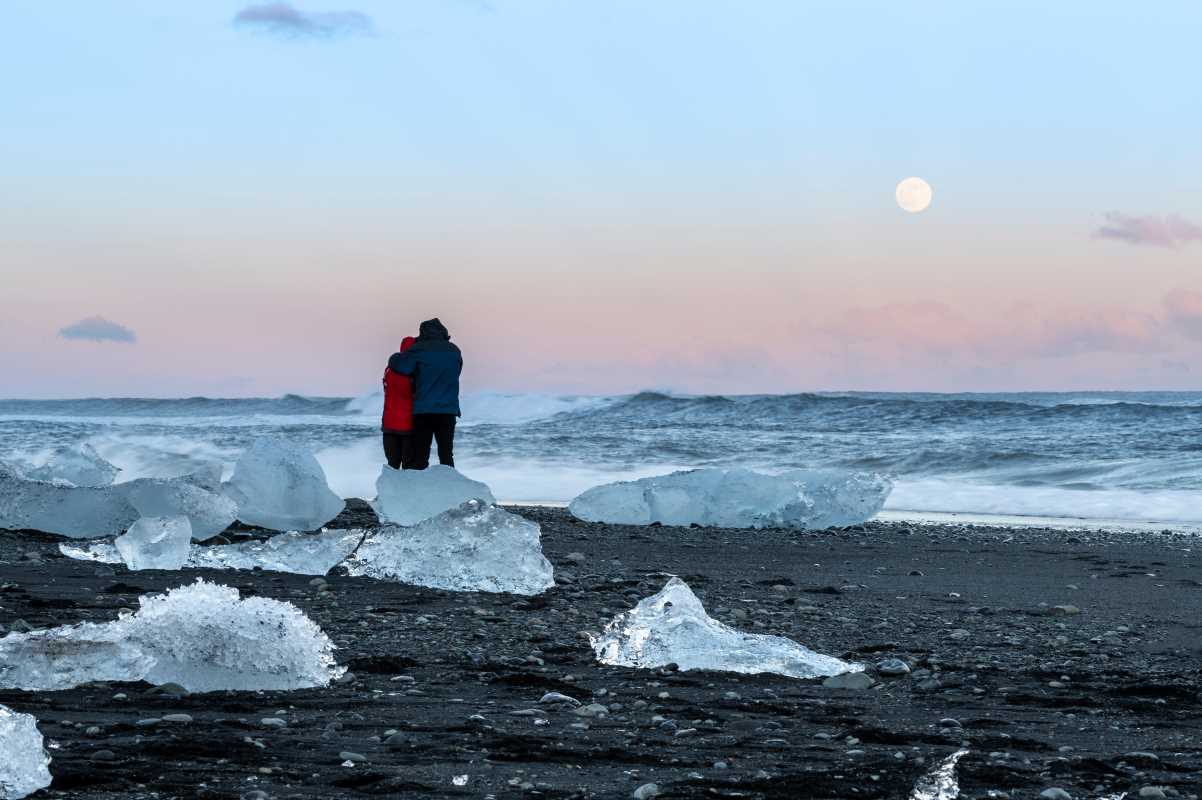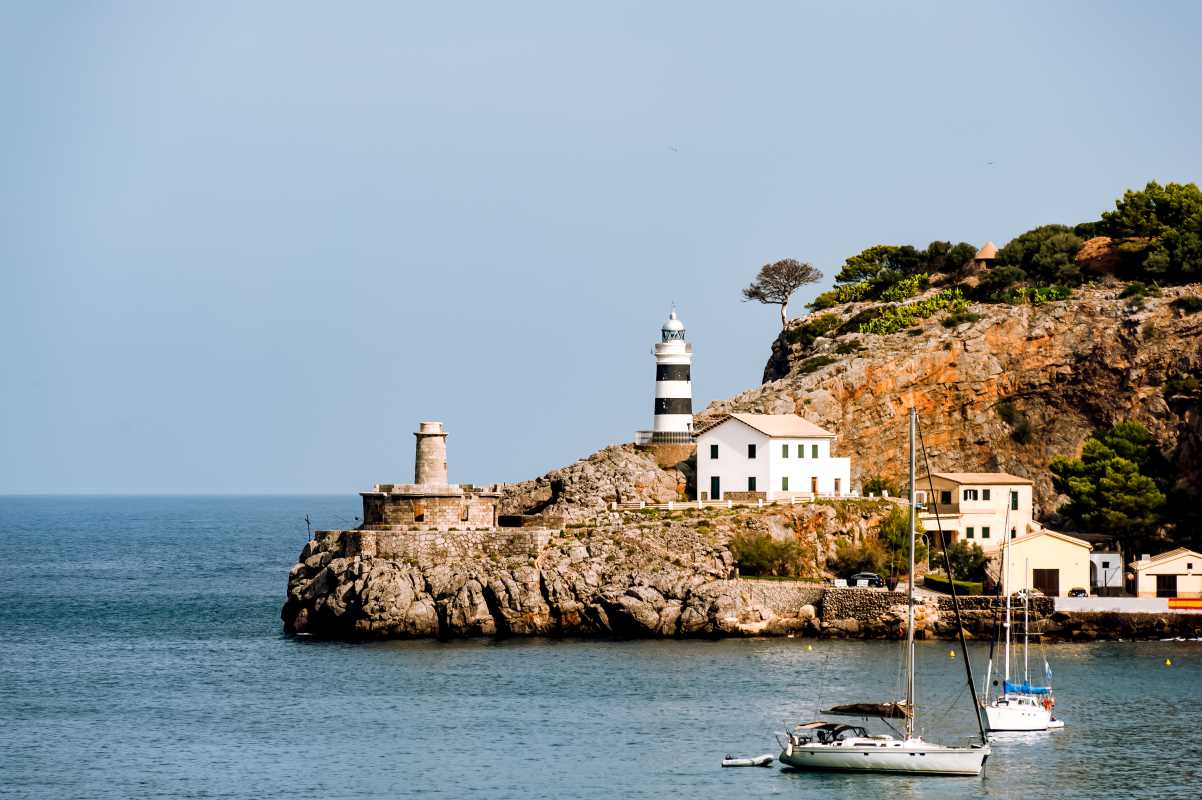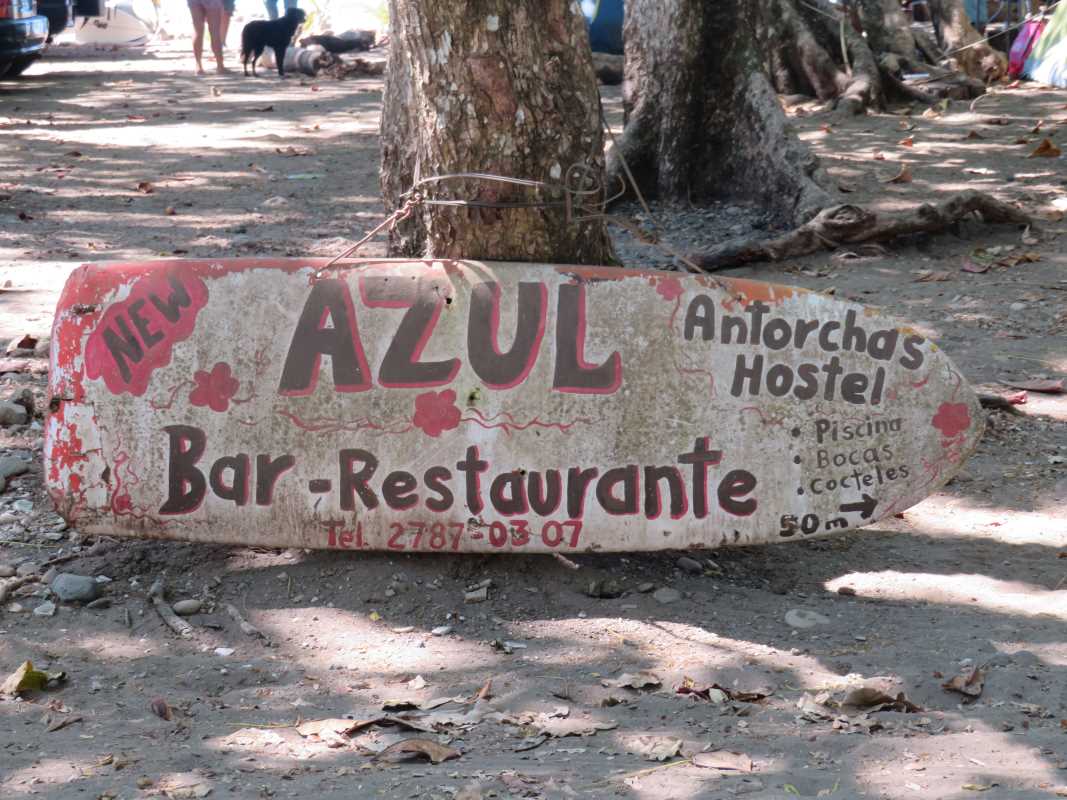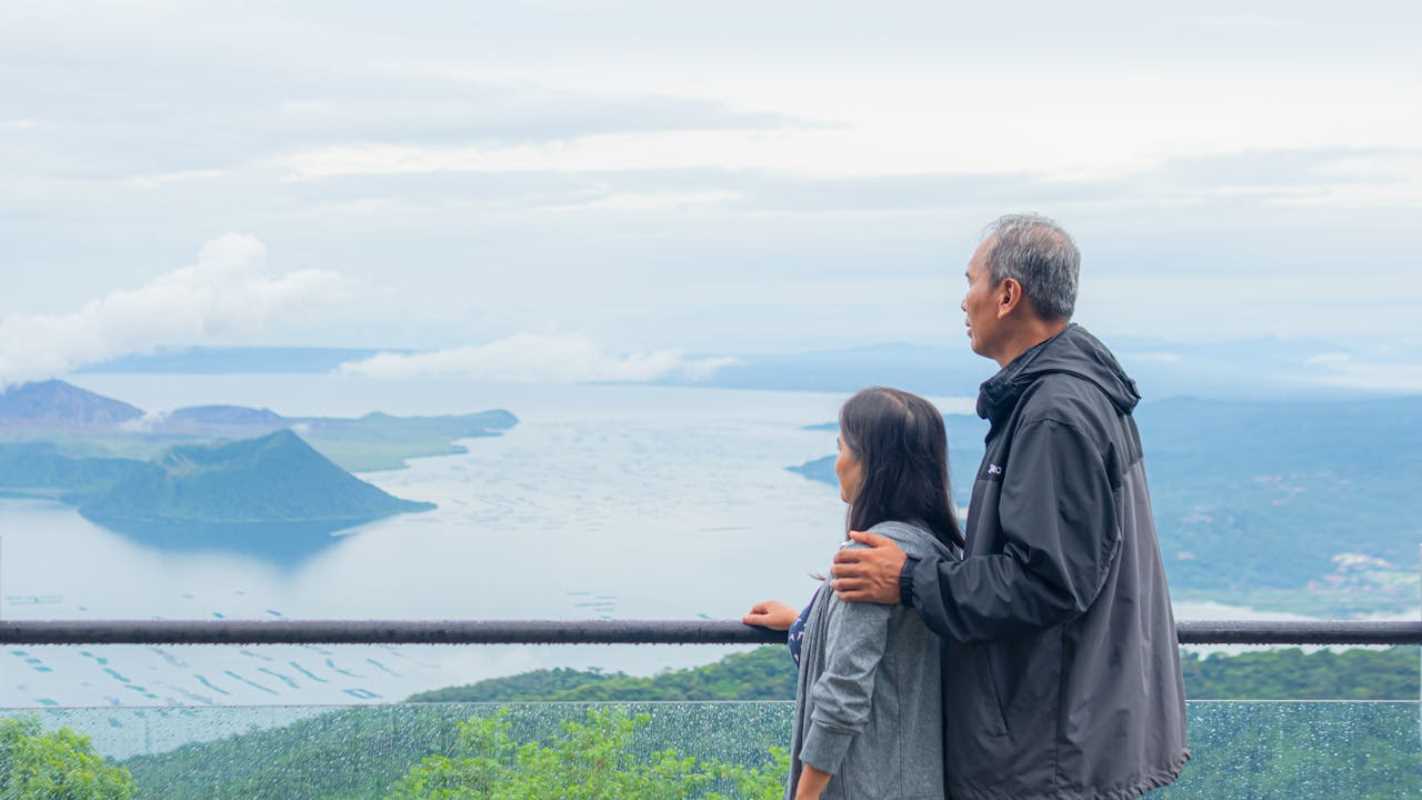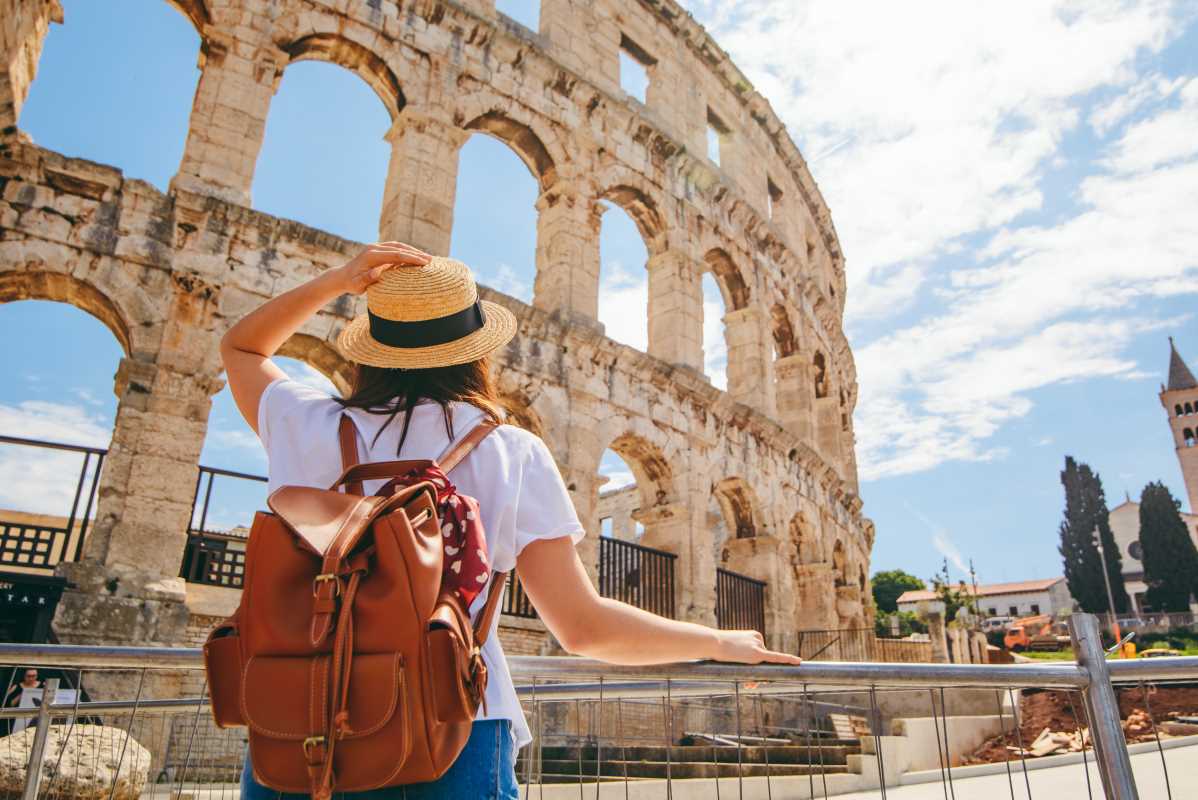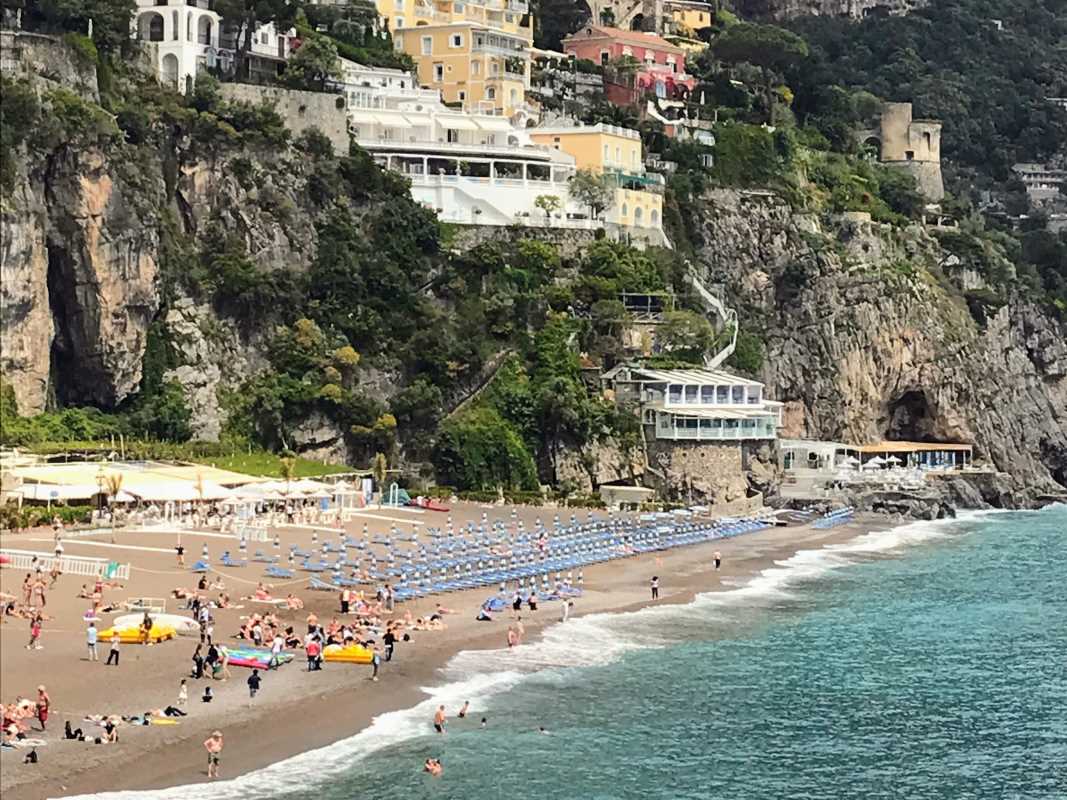The earth's fiery interior provides more than just dramatic landscapes and geological wonders, it offers some of the most therapeutic natural experiences available to humankind. Volcanic spring spas harness the planet's geothermal energy, creating sanctuaries where mineral-rich waters emerge naturally heated to perfection. These remarkable destinations combine the raw power of volcanism with sophisticated wellness practices, allowing visitors to quite literally immerse themselves in the healing embrace of nature's elements. Ancient civilizations recognized the therapeutic potential of these waters centuries ago, establishing bathing traditions that continue to evolve in our modern wellness-focused era. Today's volcanic spring spas blend time-honored practices with contemporary comforts, creating experiences that rejuvenate both body and spirit in settings of extraordinary natural beauty.
The science behind these therapeutic waters reveals why volcanic springs offer benefits beyond ordinary spa experiences. As groundwater penetrates deep into the earth's crust, it encounters heated volcanic rocks and dissolves an array of minerals, sulfur compounds, silica, calcium, magnesium, and various trace elements with documented therapeutic properties. This mineral cocktail emerges transformed, carrying both the earth's heat and its chemical bounty to the surface. When we immerse ourselves in these waters, our skin, the body's largest organ, becomes a permeable interface for this mineral exchange. Research suggests these elements can help alleviate inflammatory conditions, improve circulation, reduce muscle tension, and even accelerate certain healing processes. The precise mineral composition varies dramatically between locations, creating distinctive therapeutic profiles that attract visitors seeking specific wellness benefits.
Beyond their physical effects, volcanic spring spas offer profound psychological restoration through multisensory experiences impossible to replicate in artificial environments. The distinctive aromas, sometimes sulfurous, sometimes mineral-rich, trigger limbic responses that signal to our primal brain that we've entered a different state of being. The natural soundscape, often characterized by the gentle burbling of emerging springs or the distant rumble of geothermal activity, creates acoustic conditions conducive to mental decompression. Perhaps most significantly, these environments reconnect us with geological time scales, putting human concerns into perspective through direct contact with processes millions of years in the making. In our hyper-connected, screen-dominated era, this reconnection with elemental forces offers a rare form of psychological nourishment increasingly prescribed by mental health professionals.
The world's most exquisite volcanic spring spas distinguish themselves not merely through their waters but through thoughtful integration with their surrounding environments. The finest locations balance preservation of natural conditions with carefully considered amenities that enhance rather than detract from the fundamental experience. Some embrace minimalist design principles, using local materials and construction techniques that harmonize with the landscape. Others incorporate traditional cultural elements that honor indigenous relationships with these sacred sites. The most successful destinations manage visitor numbers to prevent overcrowding, maintaining the tranquility essential for true restoration. What unites these exceptional locations is a profound respect for the natural phenomenon at their core, an understanding that their true luxury lies in the authenticity of the experience rather than superfluous embellishments.
While volcanic springs occur worldwide, each geothermal region imparts distinctive characteristics to its waters and creates unique atmospheric conditions for wellness experiences. Iceland's springs emerge in a landscape of stark nordic beauty, often surrounded by snow while the waters remain invitingly warm. Japan's onsen tradition emphasizes ritual purification in settings of meticulous aesthetic refinement. New Zealand's springs reflect Māori cultural traditions and stewardship practices. The volcanic regions of Central America offer tropical immersion experiences where geothermal waters meet lush biodiversity. These regional variations extend beyond the waters themselves to encompass architectural approaches, treatment philosophies, and cultural contexts that collectively create distinctive healing journeys. The destinations highlighted here represent the pinnacle of these diverse traditions, offering experiences that transform visits into profound wellness pilgrimages.
Blue Lagoon, Iceland
Rising from Iceland's volcanic heartland, the Blue Lagoon represents perhaps the world's most iconic volcanic spa experience. What began as a happy accident, the discovery that silica-rich discharge from the nearby Svartsengi geothermal power plant had remarkable skin-healing properties, has evolved into a sophisticated wellness destination that maintains its connection to both Iceland's rugged landscape and its innovative approach to sustainability. The lagoon's distinctive milky-blue waters derive their color and therapeutic properties from a unique combination of silica, algae, and minerals suspended in geothermally heated seawater, creating a natural solution found nowhere else on earth. This distinctive composition has proven particularly effective for treating psoriasis and other skin conditions, attracting visitors seeking relief where conventional treatments have failed.
The Blue Lagoon experience begins with the striking visual contrast between the ethereal azure waters and the surrounding landscape of black lava fields, a juxtaposition that immediately signals transition from ordinary experience into a realm of elemental forces. While the lagoon itself remains the centerpiece, the facility has evolved to include the luxurious Retreat Spa with exclusive lagoon areas, in-water massage treatments, and private changing facilities that elevate the experience beyond simple bathing. The Retreat Hotel offers suites with direct lagoon access, allowing guests to experience the waters during magical early morning or late evening hours when day visitors have departed. Throughout all development phases, designers have maintained a philosophy of working with rather than against the volcanic landscape, using locally sourced materials and low-impact construction techniques that honor the site's geological significance.
The therapeutic regimen at Blue Lagoon extends beyond simple immersion to include a signature three-step ritual that maximizes the waters' benefits. Visitors begin with a silica mud mask sourced directly from the lagoon's natural white silica deposits, known for drawing impurities from the skin while providing mineral nourishment. This is followed by an algae mask harvested from the lagoon's unique blue-green algae, containing antioxidants and anti-inflammatory compounds that stimulate collagen production. The experience concludes with extended immersion in the geothermal waters, allowing the body to absorb minerals while the mind surrenders to the unique sensory environment, steam rising from azure waters against the backdrop of moss-covered lava fields, often under the dramatic lighting conditions for which Iceland is renowned.
The culinary program at Blue Lagoon complements its wellness focus, with Moss Restaurant offering sophisticated modern Icelandic cuisine emphasizing local, seasonal ingredients prepared with techniques that preserve their nutritional integrity. The restaurant's architectural design features panoramic windows that maintain connection with the surrounding landscape, reinforcing the holistic nature of the experience. Similarly, the minimalist guest accommodations use neutral tones and natural materials to create spaces that direct attention outward toward the extraordinary geological setting rather than competing with it. This integration of culinary excellence, architectural sophistication, and landscape immersion creates a comprehensive wellness journey rather than simply a bathing experience.
The Blue Lagoon's commitment to sustainability extends beyond its origins as a beneficial use of geothermal "waste" to encompass comprehensive environmental practices. The facility operates on 100% renewable energy, utilizes a closed-loop water system that minimizes environmental impact, and conducts ongoing research into the therapeutic properties of its unique ecosystem. This research has led to the development of a skincare line harvesting the bioactive elements of the lagoon's waters, allowing visitors to continue aspects of their treatment after departure. Through this combination of natural phenomenon, thoughtful development, and scientific innovation, Blue Lagoon has defined the gold standard for volcanic spring spa experiences, demonstrating how geothermal resources can be harnessed for human wellness while respecting their geological context.
Onsen in Japan
- The distinctive etiquette of Japanese onsen bathing, including thorough cleansing before entering communal waters and the prohibition of swimwear, creates rituals that enhance mindfulness and promote full sensory engagement with the volcanic waters
- Traditional ryokan accommodations at premier onsen destinations combine minimalist aesthetics with exquisite service details, including kaiseki multi-course meals featuring seasonal ingredients that complement the therapeutic bathing experience
- Historic onsen towns like Kusatsu, where volcanic waters have attracted bathers for over a millennium, maintain traditional yumomi water-cooling ceremonies where women use wooden paddles to aerate sulfur-rich waters while singing traditional songs
- Rotenburo (outdoor baths) offer the most profound connection to nature, particularly in mountainous regions where seasonal changes, cherry blossoms in spring, fiery maple leaves in autumn, snow-laden branches in winter, create ever-changing visual compositions
- The Japanese classification system for hot springs based on specific mineral content helps visitors select destinations appropriate for their wellness goals, with different volcanic regions producing waters particularly suited for skin conditions, joint pain, respiratory issues, or circulatory improvement
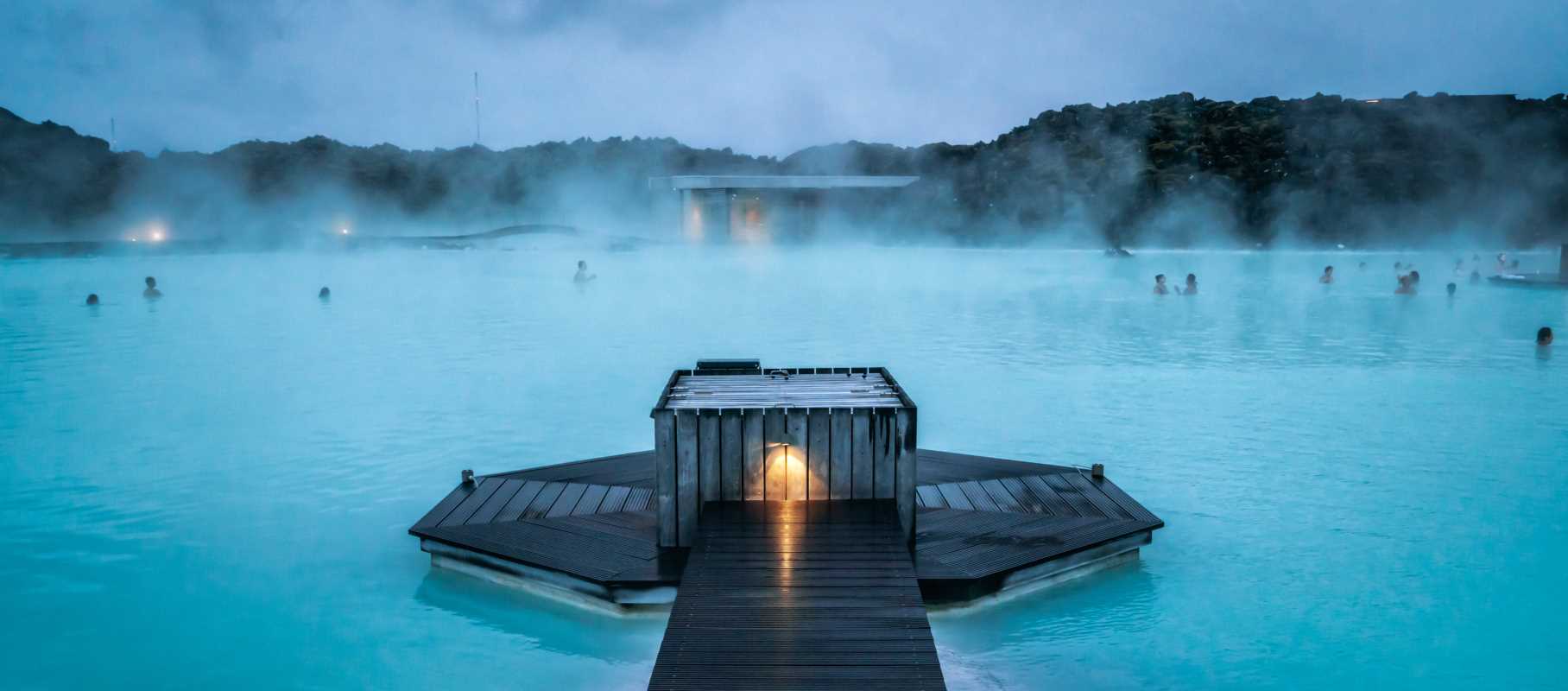
.jpeg)
